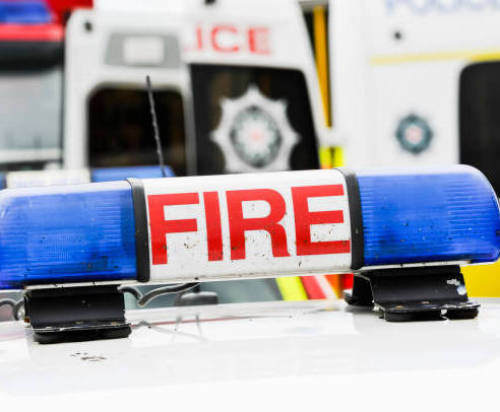The type of fire risk
assessment required is dependent on the type of building, what it is used for, and what is identified during inspections.
Type 1 Fire Risk
Assessments
A Type 1 Fire Risk Assessment (FRA) is non-destructive, and the most common. A Type 1 FRA assesses all the common parts of a building, such as a lobby area in a shared block of
flats – but not individual dwellings. In some cases, a Type 1 FRA will inspect construction points between individual dwellings (such as shared supportive walls) – but in most cases, this is not
necessary.
A Type 1 FRA has the purpose of ensuring that common parts of a building have the arrangements which allow people to escape if there was to be a fire – such as clear signage pointing
to entry and exit points.
The results of a Type 1 FRA may reveal the requirement for further FRAs. If this is the case, the Type 1 FRA will list reasons why this would be required.
Type 2 Fire Risk
Assessments
Type 2 Fire Risk Assessments are rare, and normally only recommended if a Type 1 FRA concluded that there may be serious structural flaws in a building which may increase the risk of
fire spreading.
A Type 2 FRA includes destructive
sampling. This increases the cost of this type of assessment because a contractor would be required.
Type 3 Fire Risk
Assessments
A Type 3 Fire Risk Assessment is comprehensive – and covers more than the law requires. This type of assessment covers all common areas of a building – and individual
dwellings.
A Type 3 FRA considers all means of escapes (including those within individual dwellings), structures, and compartmentation between flats and any means of fire detection. A Type 3
FRA is non-destructive – and is usually only considered necessary if there are fire risks within individual dwellings.
Landlords and building owners can find it difficult to arrange Type 3 FRAs because they require entrance into individual dwellings. Often this type of assessment is easier if living
spaces are empty.
Type 4 Fire Risk
Assessments
Type 4 Fire Risk Assessments are similar to Type 2 FRAs, as they include a destructive sampling, but in both the common parts of a building and living areas – such as apartments.
Type 4 FRAs are more comprehensive – and complicated to complete. This is because access to individual dwellings is required and destructive sampling can lead to a need for repairs.
Type 4 FRAs are only required in a limited number of circumstances, usually only being suggested if there is reason to believe there are serious defects in both common parts of a
building or individual dwellings.
What type of fire risk
assessment do I need?
Most buildings only require a Type 1 FRA – and if the building is not new, this has probably been conducted in the past. The other types of fire risk assessments are normally only
required if a Type 1 assessment finds risks or justifications for a more comprehensive assessment.
For example, if a Type 1 FRA finds that there are inaccessible areas – such as under floorboards, which cause concerns – a Type 2 or Type 4 FRA (which includes destructive sampling)
would be suggested.
Fire Risk Assessment
Outcomes
Destructive FRAs often result in the need to complete building work to reduce identified fire risks. This might include additional ventilation, to allow smoke to escape or additional
fire compartmentation additions – such as fire doors.
In cases where it is not practical to complete such works, a more comprehensive FRA may identify that there is a need to change ‘stay-put’ policies or fire evacuation
procedures.




